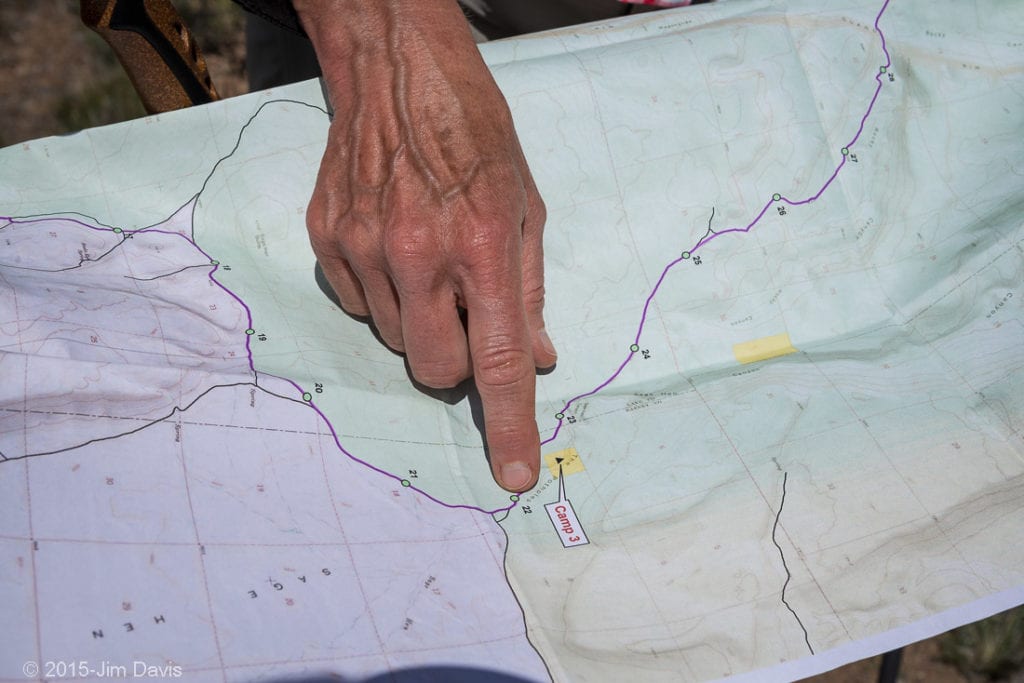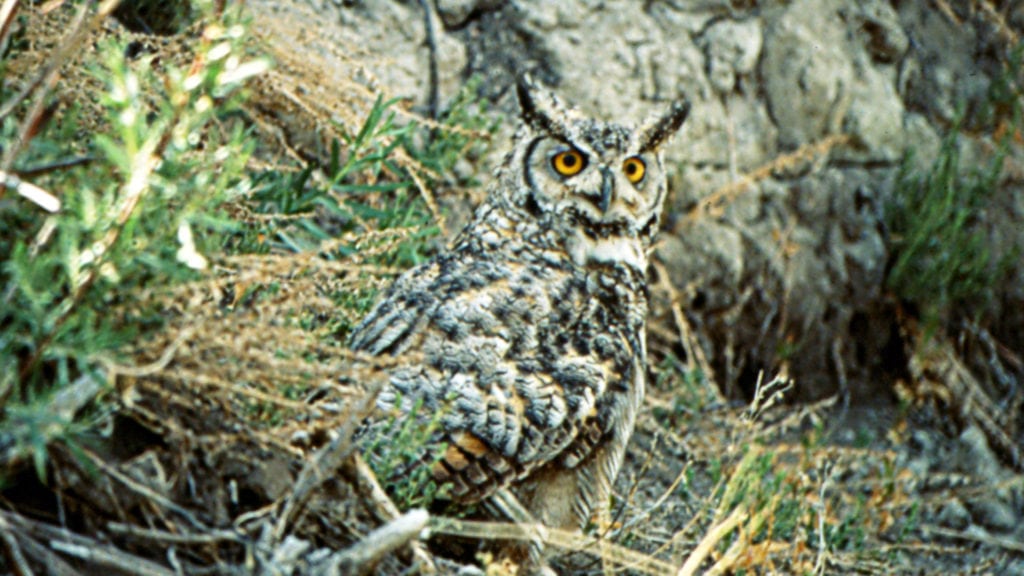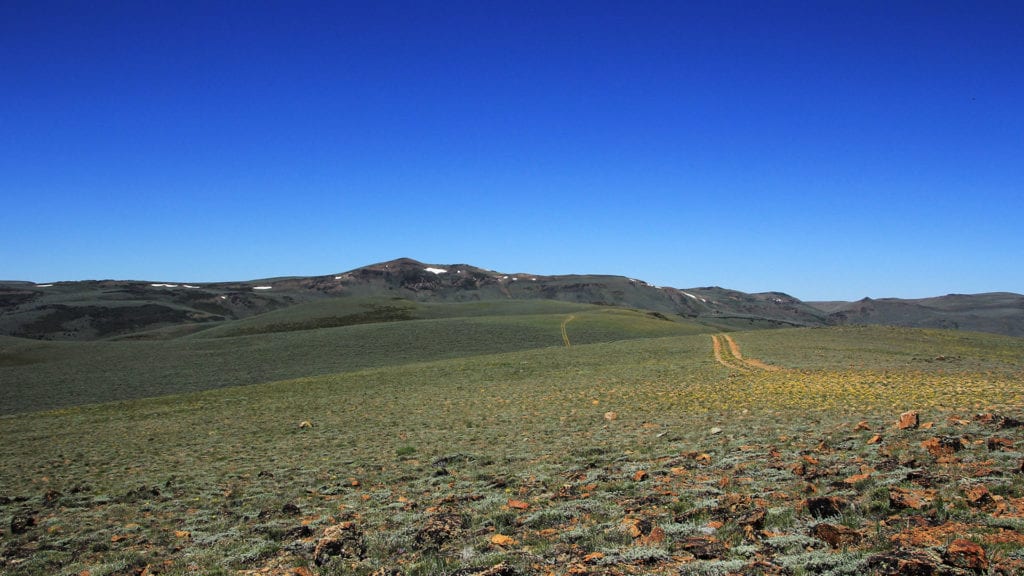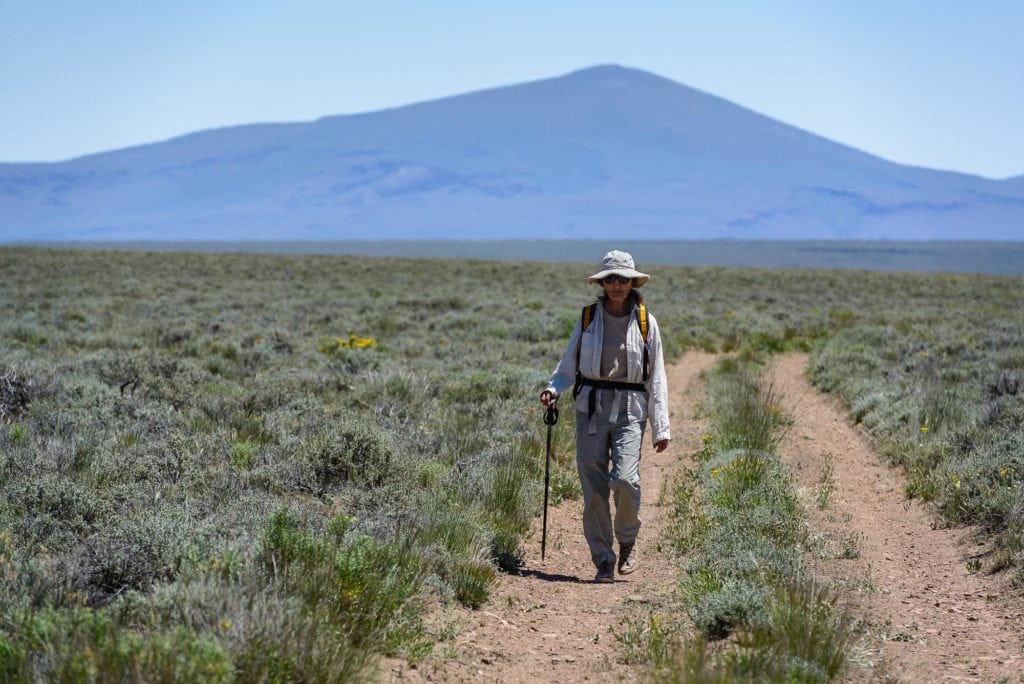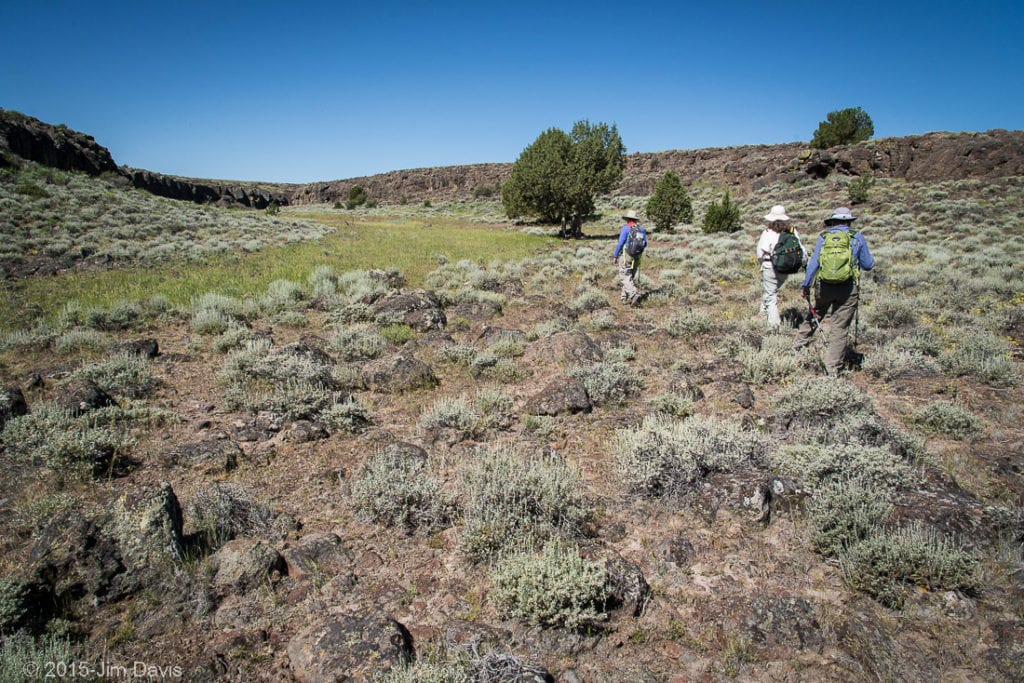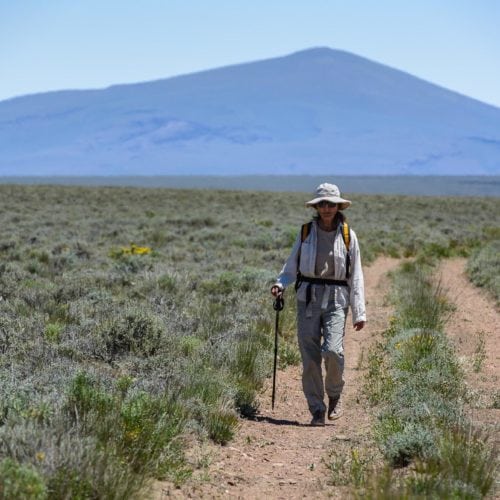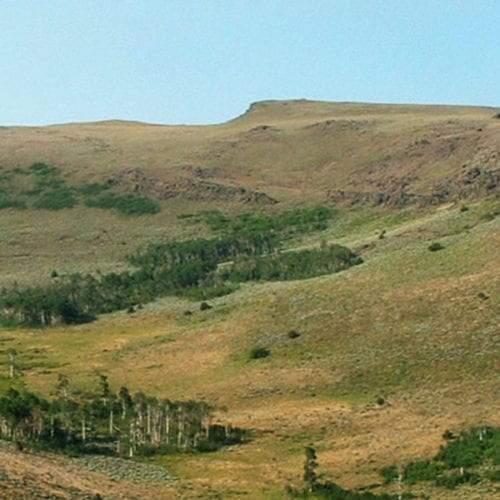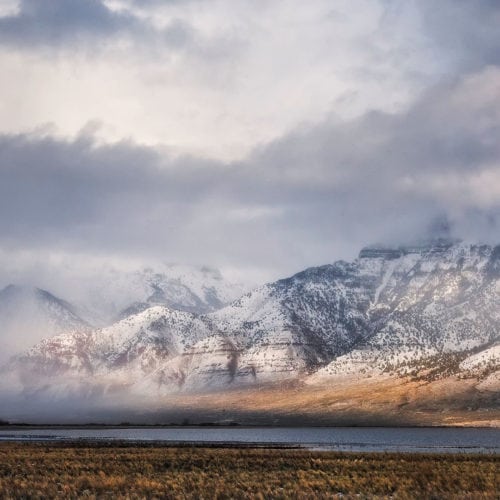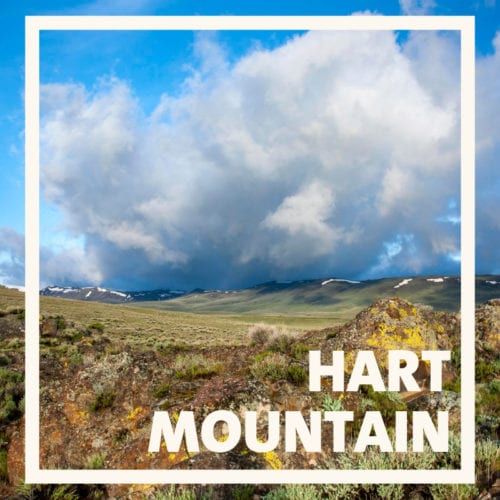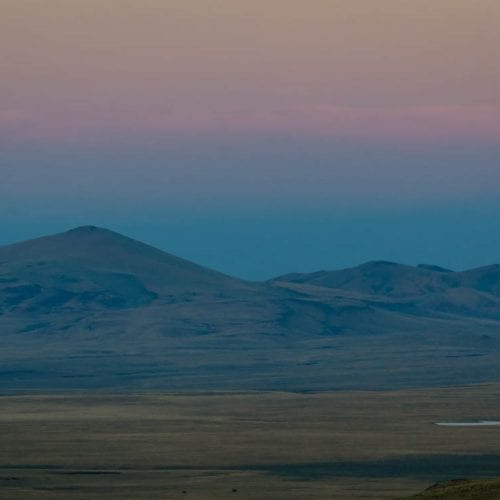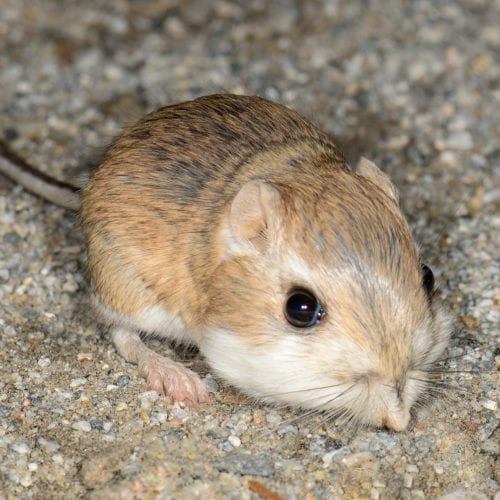Brent Fenty
DeGarmo Canyon
From the base of Hart Mountain you can access this beautiful canyon complete with wildflowers, wildlife and waterfalls. Various hiking options from an easy walk to difficult climb can be […]
Read MoreONDA
Warner Peak
Take this hike to enjoy views not just from the summit, but all along the way. Keep your eyes open for wildlife as well. You can start from the Hot […]
Read More